The top issue for voters is the economy. The second issue for voters is healthcare, which is largely a function of the economy. If the economy is good, we can afford to spend more on healthcare. If the economy is bad, all healthcare (public or private) will suffer.
The impact of immigration on the economy depends on the type of immigrant. Broadly speaking, there are two kinds of immigrants: low-skilled, and high-skilled. In colloquial terms, Americans often confuse these categories with “illegal” and “legal.” Republicans like JD Vance insist that “Haitians are illegal.” What he is really communicating, when we remove the filter, is “Haitians are low-skilled.”
What is the total fiscal impact of low-skilled immigration? The American Economic Association claims that each low-skilled immigrant brings in $750 per year. If there are 30 million low-skilled workers in America, then the total benefit is $22.5 billion dollars per year. According to The Heritage Foundation, however, “the net life-time fiscal cost of current illegal aliens following amnesty would between $3.8 and $4.2 trillion.” That sounds extremely bad, and overshadows whatever benefit these migrants bring.
If we assume that illegal immigrants are on average 39 years old, we can estimate they will live for another 40 years. The Heritage Foundation study actually claims that “illegal aliens receive $84 to $94 billion more in government benefits and services than they pay in total taxes.” That comes out to $2,800 per person per year, and over 40 years for 30 million people, does total $3.4 trillion per life-time for all illegal immigrants. However, the USA GDP is $25.44 trillion, and therefore, the cost of illegal immigration is only 3% of GDP. This is not going to collapse civilization. We can handle this.
But still, if the Heritage Foundation were correct, this represents billions of dollars. If a dictator wanted to deport all 30 million illegals, how much would it cost?
the cost of “border security.”
Assume that an ICE agent makes $35k per year. Assume that ICE agents have to go door to door rounding up immigrants, and each arrest takes them at least one hour to process and detain each immigrant, pending deportation. If ICE agents work 50 weeks a year at 40 hours a week, we should expect them to detain 2,000 immigrants each. In order to round up all 30 million immigrants in a single year, we will need at least 15,000 ICE agents, for a total of $525 million in salaries.
The budget of ICE is $8 billion, under Biden.
The only way to explain this is that the government is extremely incompetent.
In reality, ICE and CBP employ a total of 88,000 people. And yet those 88,000 agents can’t be bothered to deport more than 1 immigrant per agent per month. This is gross negligence. “Funding border patrol” is a scam and a fiscal black hole.
If we wanted to deport all illegal immigrants with current levels of government incompetence, we would need to hire at least 30 million ICE and CBP agents. The total cost would be $1.05 trillion. Not worth it.
The objection from nationalists is that this is “malicious” incompetence, and if the government wanted to get this done, it could do it cheaply and efficiently. Let’s assume that Israel isn’t “maliciously incompetent” when it comes to border security. How much does it cost Israel to secure its border?
In 2013, Israel built a security fence on its border with Egypt. It cost $450 million dollars ($608 in 2024), and covered an area of 245 miles. In other words, this fence cost $2.48 million dollars per mile. The length of the US-Mexico border is 1,954 miles. Accordingly, an Israel-style border fence should cost $4.8 billion dollars. But for some reason, Governor Abbot’s plan for a wall, just for Texas alone, is projected to cost $20 billion.
Even if a border wall was built for $40 billion dollars, it still wouldn’t stop illegal immigration. 850,000 immigrants come in legally on temporary visas, and then overstay their visas. Catching these 850k illegal immigrants, who would not be stopped by a physical wall, would require spending $29.8 billion more in border patrol agents. The problem seems to be going around in infinite circles of waste and inefficiency.
Just invade Mexico.
There are a few problems with Mexico:
It is full of drugs.
It is full of gangs.
It has an open airport border with the rest of the world, including Africa.
Mexico spends $10 billion per year on its military. The total revenue of all Mexican cartels, combined, is as much as $29 billion. Instead of trying to build a $40 billion dollar border wall, let’s just send in the military.
pre-invasion:
Prior to the invasion of Mexico, the United States should force Mexico diplomatically to sign a military pact which will place the country under the control of American Martial Law. If cartel-aligned elements of the Mexican government oppose this, assassinate them and make an example out of them. Use a combination of carrots and sticks. Pay off Mexican politicians with millions of dollars.
phase one:
Once America has secured maximum diplomatic and political cooperation, the first phase of the American occupation will involve controlling Mexico’s international borders. America will shut down all Mexican airports, sea ports, and land borders until they are secured and brought up to satisfactory standards. The Mexican visa policy will be aligned with American visa policy. This should be completed within 30 days.
phase two:
During the second phase of the occupation, America will complete full integration with the Mexican command structure, and begin public executions of “infiltrators.” These infiltrators are members of the Mexican military who are members of the cartels, or receive bribes from the cartels, or act as informants and cooperate with the cartels. This should be underway within 60 days.
phase three:
In the third phase of the occupation, America will begin diplomatic outreach to various cartels, offering them amnesty in exchange for their cooperation. Cartels which are cooperative will be rolled into the Mexican military, and used to fight the remaining uncooperative cartels. This should be underway within 90 days.
phase four:
In the fourth phase of the occupation, assuming that there are 175,000 cartel members currently, the goal of the United States military should be to kill or capture at least 100,000 cartel members within the first six months. This will be accompanied by aerial bombardment of cartel compounds, infrastructure, and drug labs.
phase five:
At this point, America will enter Phase Five, which will involve the normalization of political and economic relations with Mexico. America will partially withdraw troops, while leaving permanent bases behind in the regions most historically infected by cartels. The Mexican government will be threatened with further punitive measures (economic sanctions and military intervention) if it fails to maintain standards against cartel and drug activity, as well as the security of its land, sea, and air borders. America’s current “border security” budget will be dedicated toward protecting the borders of Mexico from incursion by other South American drug cartels and gangs, along a much smaller border.
The goal of this operation would be to cost less than the Global War on Terror (GWOT), which was upwards of $5.4 trillion dollars. Because Mexico is right next door, logistics would be much easier. America and Mexico share a highway system, and it is much cheaper to transport tanks and planes by road than shipping them across the world to the Middle East.
The GWOT was interpreted as a “clash of civilizations” between Islam and Christianity, with the added historical enmity between Arab states and Israel in the background. This made it difficult to form effective and trusting coalitions. By contrast, America and Mexico share cultural ties through the Catholic Church which could provide mediation to help resolve and negotiate disputes.
The ultimate result of the invasion would be that a Mexican-American joint task force would oversee the construction of a border wall on Mexico’s southern border, which is only 697 miles in length. Mexico and America would form a joint Coast Guard to protect against incursions by sea, and a Mexican-American Transportation Security Administration would oversee the rejection of travelers from Mexican airports which did not satisfy American visa requirements.
Although the war would be costly, both in terms of human lives and economic loss, it would also save hundreds of thousands of lives.
I don’t expect this plan to be enacted by any politician. It is too bold, too ambitious, and too straight-forward. But it would ultimately be more effective to fight a war with Mexico to stop the flow of drugs than it would be to try deporting 30 million illegals.
Legal immigration.
Legal immigration is associated with “high-skilled immigration.” However, there are some challenges.
Elite immigrants increase Ethnocentric load. Ethnocentric Load describes the behavior of ethnic cartels which promote members of their own group over the native population, and vice versa. For example, when 20,000 Haitians descend on Springfield, Ohio, both the Haitians and the white and black Americans form “ethnic blocs,” separated by language and culture. This creates political friction, and fuels populist resentment.
Ethnocentric Load can be reduced by limiting the number of immigrants from each country. 1,000 migrants per country per year would allow in the “best and brightest,” while reducing Ethnocentric Load. In total, America should expect to receive 200,000 immigrants per year, which is less than half of the current number of legal immigrants.
An exception to this quota could be made for countries which participate in mutual defense treaties with America. This includes NATO, Australia and New Zealand, Japan, the Philippines, and South Korea. For these countries, citizens could be granted indefinite visas and automatic permanent residency.
This privilege would be most “abused” by Turkey, where the GDP per capita is around $10,675, slightly below Mexico. Albania is poorer, at $6,810 GDP per capita, although Albania’s population is only 2.8 million and currently in decline, with birth rate of 1.38. Turkey’s population is 85 million, and contains a number of extremist and refugee elements from around the Middle East.
In the case of Turkey, an “exception to the exception” could keep Turkish immigration capped at 1,000 per year. Additionally, it would be preferable to only permit freedom of movement to “natural born citizens” of NATO countries, to avoid an Angela Merkel situation where hundreds of thousands of “Syrian-Germans” abuse the system.
4.7 million European immigrants live in America, or 10% of the total immigrant population. If this ratio holds true for incoming migrants, it should be expected that 50,000 legal Europeans come into America each year. Since there are roughly 44 European countries, this isn’t very much more than the 1,000 per country cap anyway. However, as Europe’s economy continues to stagnate, more Europeans may choose to immigrate to America.
For non-NATO countries, the 1,000 per country would be determined by an auction. Applicants would submit a “bid” at the American consulate. Every 30 days, the 83 highest “bids” would be granted a visa. In a country like China, there are 6 million millionaires. In India, there are 326,400 millionaires. Not all of these millionaires would choose to leave, but if every 1% of them wanted to leave, that would represent 60,000 Chinese millionaires and 3,264 Indian millionaires. Assuming that each of these millionaires makes a bid, how much do they bid? $10,000? $100,000? It is reasonable to expect that in countries like China and India, although they are poor, the average “bid” would come out to something like $100,000, which would produce $100 million per year in tax revenue per year per country.
Even countries like Nigeria have 8,200 millionaires. Assume that the average “bid” would come out to $10,000 per visa for 200,000 immigrants. This would bring in $2 billion dollars per year in tax revenue. If this is seen as too low of a number, the minimum “bid” could be set at $100,000 per visa, to create a total revenue of $20 billion. America already has in place the EB-5 program, which is set at $800,000. The problem with the EB-5 program is that it isn’t the sole source of legal immigration: student visas, chain migration, and refugees make up the majority of immigrants. By changing the legal immigration system to require an entry fee, and capping each country at 1,000 visas per year, the burden of Ethnocentric Load will be alleviated, while benefiting America economically.
conclusion.
Drugs, crime, economic impact, assimilation, Ethnocentric Load, extremism, and terrorism are all related to immigration. However, legal, illegal, high-skilled, and low-skilled immigration are all different. There is no “one size fits all” solution to immigration, because it is not a single issue. Conflating Mexican immigration with Haitian refugees and Indian CEOs with African migrants is not appropriate or practical.
The best way to address the flood of drugs and crime coming across the Mexican border isn’t to isolate ourselves from Mexico, but to invade Mexico and form a joint Border and Customs Unit with the Mexican government. Doing so would save hundreds of thousands of lives, and ultimately pay for itself.
Even if human life is priceless, policy can only be determined by numbers. If we assign each drug overdose at a cost of $1 million dollars, then America is losing $100 billion dollars to drug overdoses every year. If a war with Mexico would cost $5 trillion dollars, then it would pay for itself over the next 50 years. Of course, the cost of drug addiction far exceeds the mere cost of overdoses, since not all drug addicts overdose. The total cost of all drug addiction is closer to $740 billion, meaning that a war in Mexico would pay for itself in seven year. But the war in Mexico wouldn’t just stop the flow of drugs. It would also stop the cartels, who cause major economic damage through kidnappings, hostage taking, price gouging, theft, robbery, and assault.
Both Mexicans and Americans deserve to live lives free from fear. It is intolerable that we allow the Mexican government to flounder, filled with corruption, watching from the sidelines. Building a wall on the Mexican border is impractical, expensive, and doesn’t solve the fundamental problem.
If your neighbor’s house is being burglarized, what do you do? You call the police. And if you’re a cop, and your neighbor’s house is being burglarized, what do you do? You defend your neighbor. We are the cops. Mexico is our neighbor.
Isolationism and non-interventionism are at the heart of the opioid crisis killing hundreds of thousands of Americans. If America wants to secure its southern border, it needs a new southern border.
By cooperating with Mexico, instead of excluding and ignoring it, America can attack the root of the drug cartels. Instead of playing “cat and mouse” or “whack-a-mole” on a 2,000 mile border, the border can be reduced to 600 miles.
Ideally, Mexico’s border will be re-drawn at the Isthmus of Tehuantepec. This would cut off the Mexican states of Chiapas, Tabasco, Campeche, Yucatan, and Quintana Roo. These could still be considered part of Mexico, in the same sense that Ukraine was part of the Soviet Union, but an internal border would be erected “within Mexico” to make border patrol even easier. This would reduce the America southern border to 137 miles, which is even smaller than Israel’s border fence with Egypt.
None of this is very likely, and the only options on the table right now are for greater “border security” or less “border security.” These half-measures won’t solve the problem either way, and are largely political theater. Trump never reduced the flow of drugs. He never reduced the deaths. “Border security” is a hoax.
On the other hand, legal immigration is a much easier problem to solve. By forcing applicants to “bid” for monthly spots, and granting 83 visas to the top bidders in every country every month, the United States can expect to increase tax revenue by billions of dollars per year.
Thanks for reading.
If you liked this article, feel free to subscribe for free, or become a paid subscriber. This project is a one-man think-tank, and you are my sole source of income.
If you’ve already subscribed, feel free to like, comment, or re-stack this post, as it helps increase visibility and promote it across the platform. Thank you for your support.

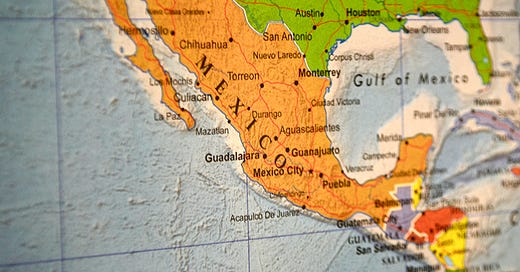


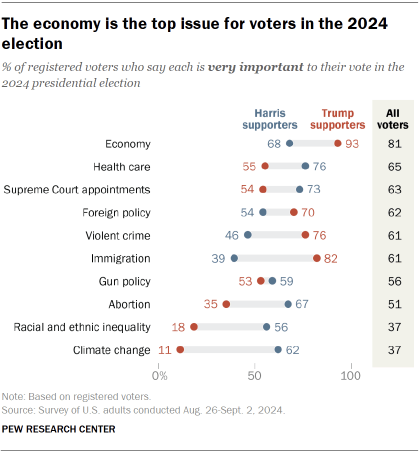
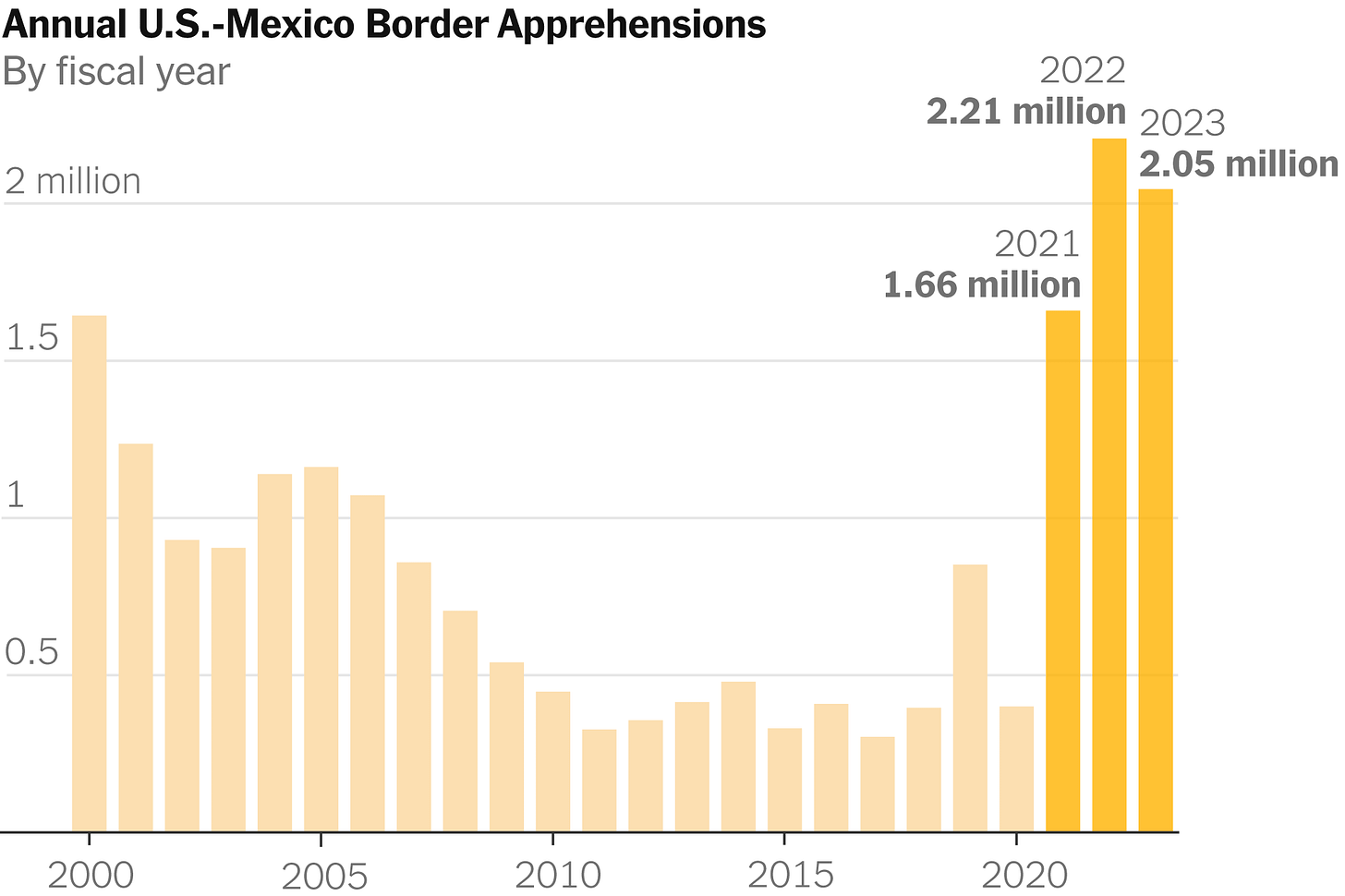

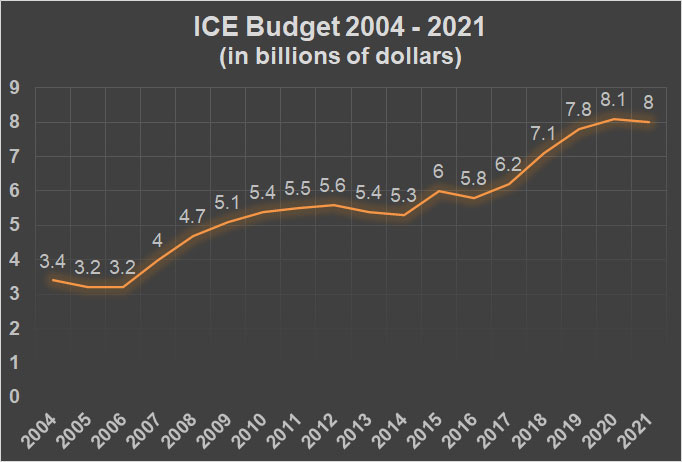

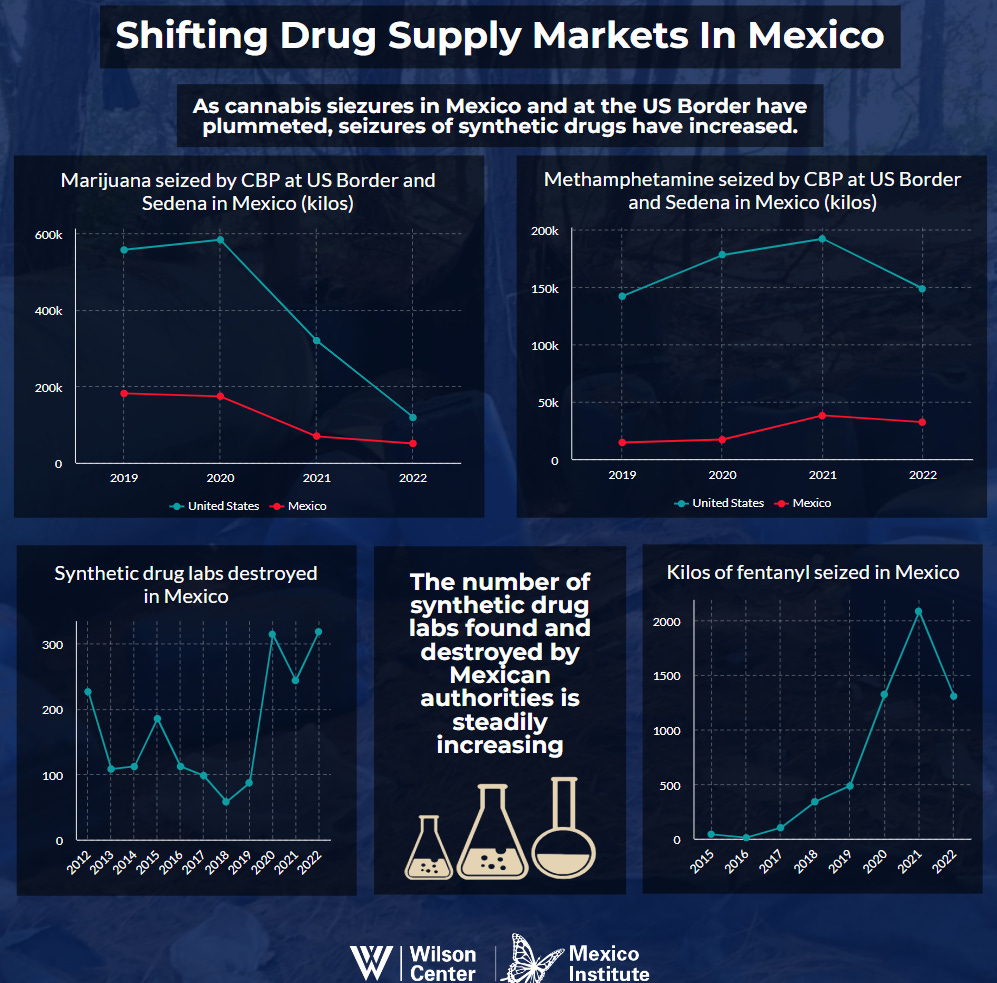

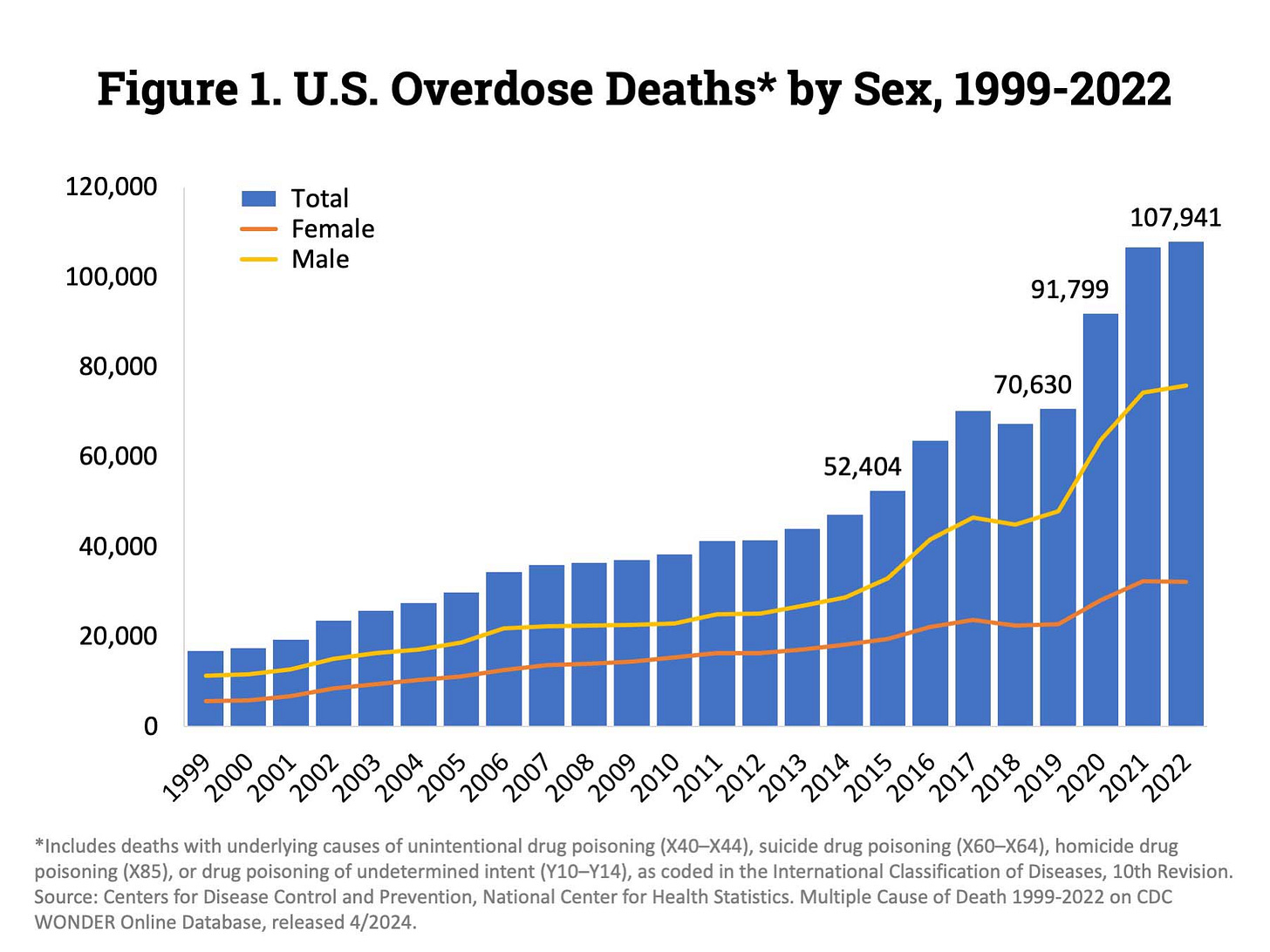
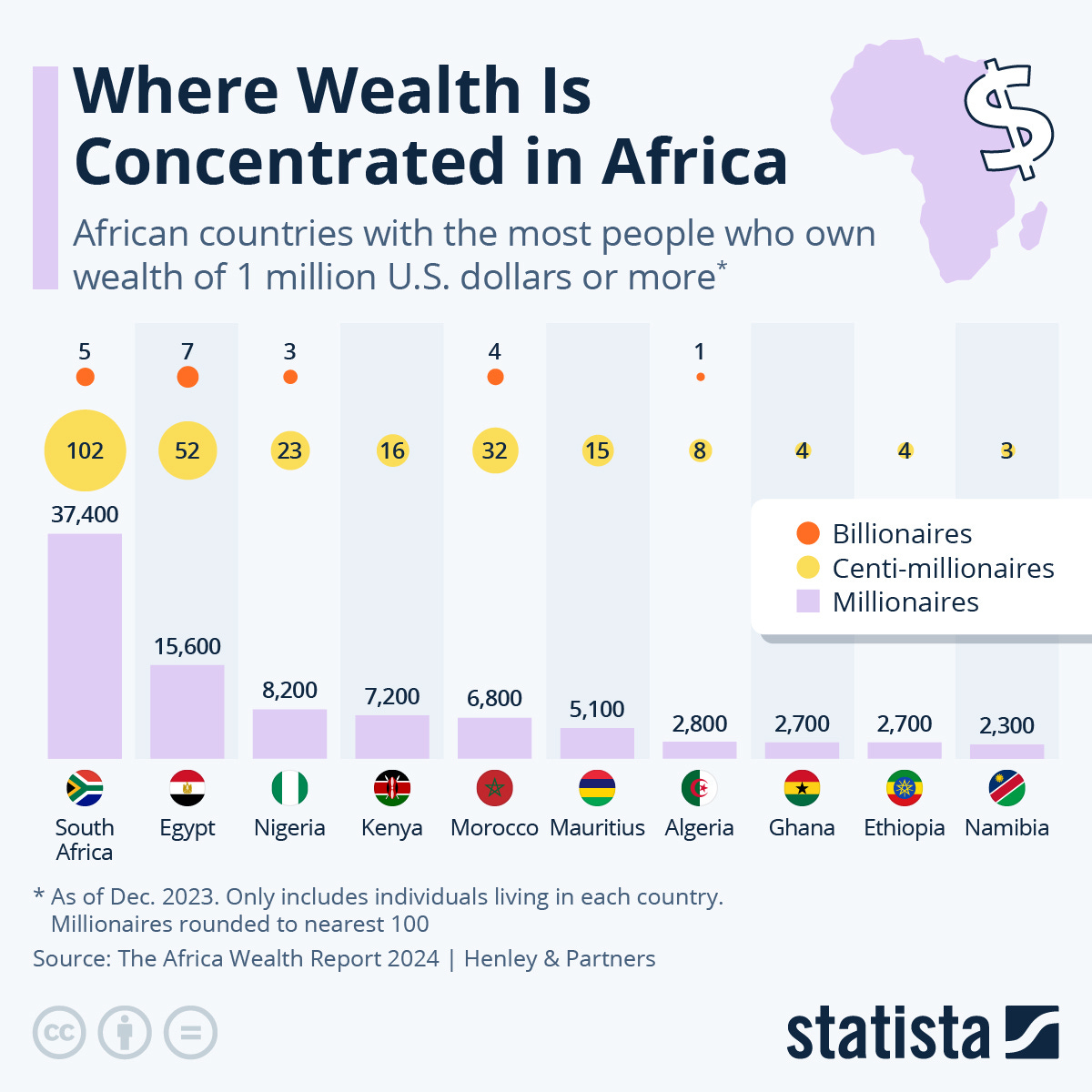
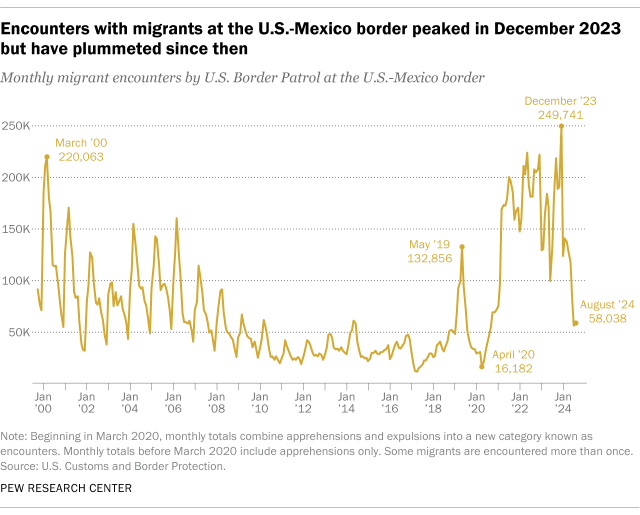

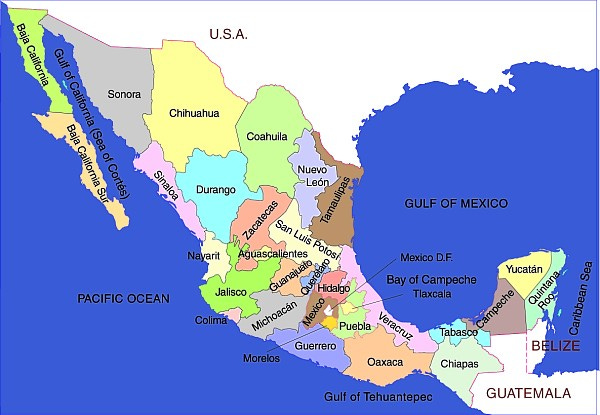

Immigration in the west isn't oriented in benefiting the welcoming nation,but the migrants themselves.Until intentions change we won't see meaningful results
I think the immigration policy on the top should be oriented explicitly around a brain-gain goal. 1,000 immigrants from each country, is pretty stupid considering the top 1,000 immigrants from Eritrea are probably all below the top 100,000 or even million from populous and educationally developed countries like India or China.
For those immigrants that are productive, give them a fast-track to citizenship. That way their GDP is forever taxable by Uncle Sam even if they eventually return home.
It’s currently a huge waste that we have international students attending top US universities (in the hard sciences) that don’t have a clear path to permanent residency. These aren’t degree mills like is going on in Canada, but legitimate highly productive people who are interested in living in the US.